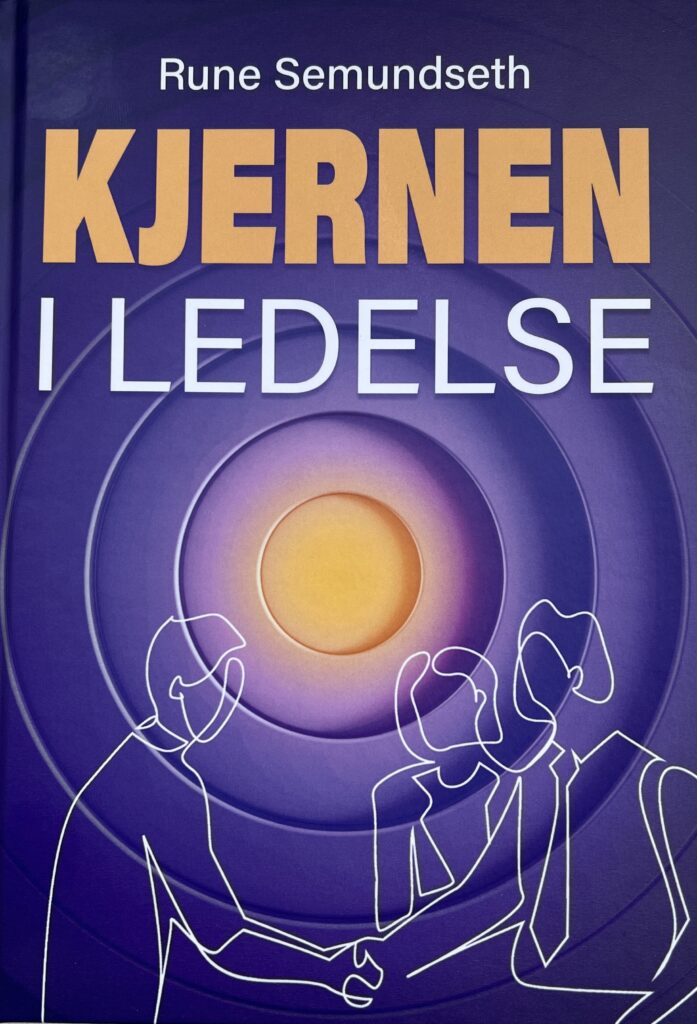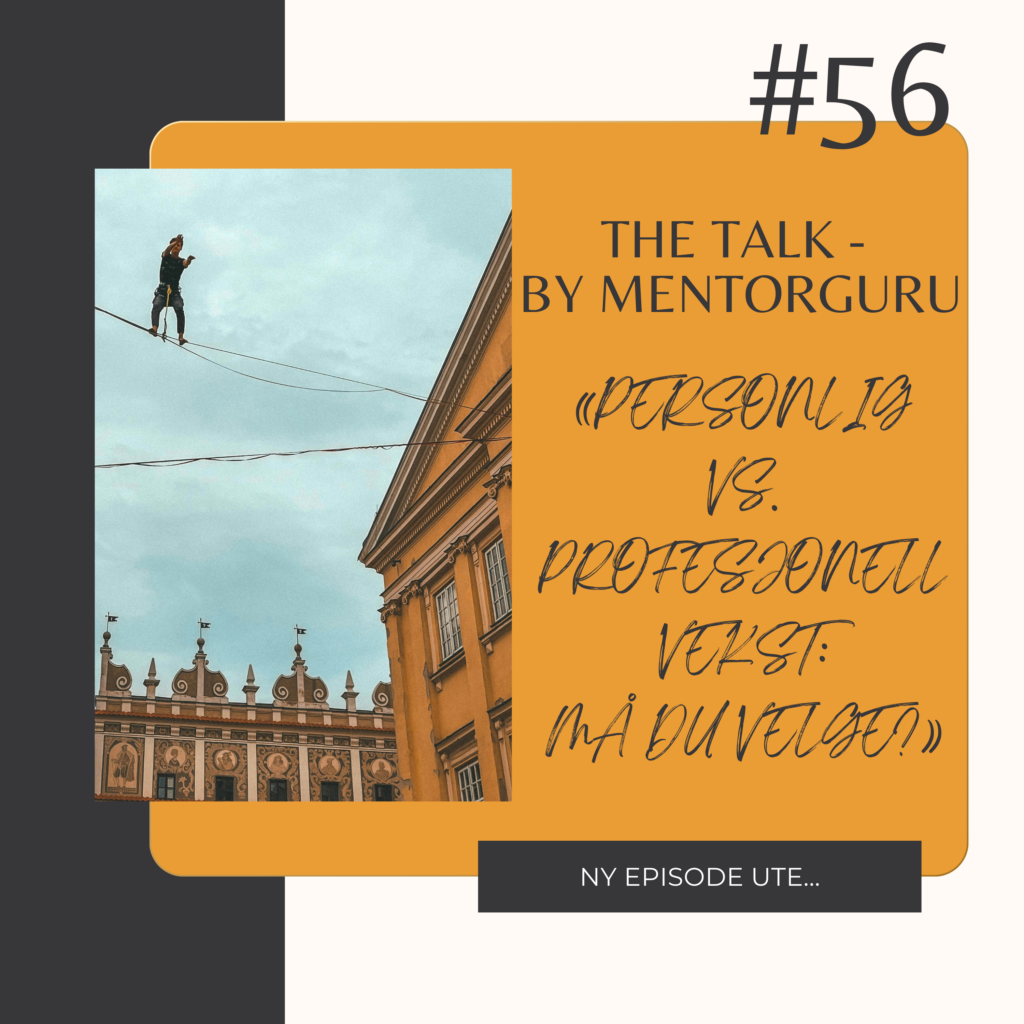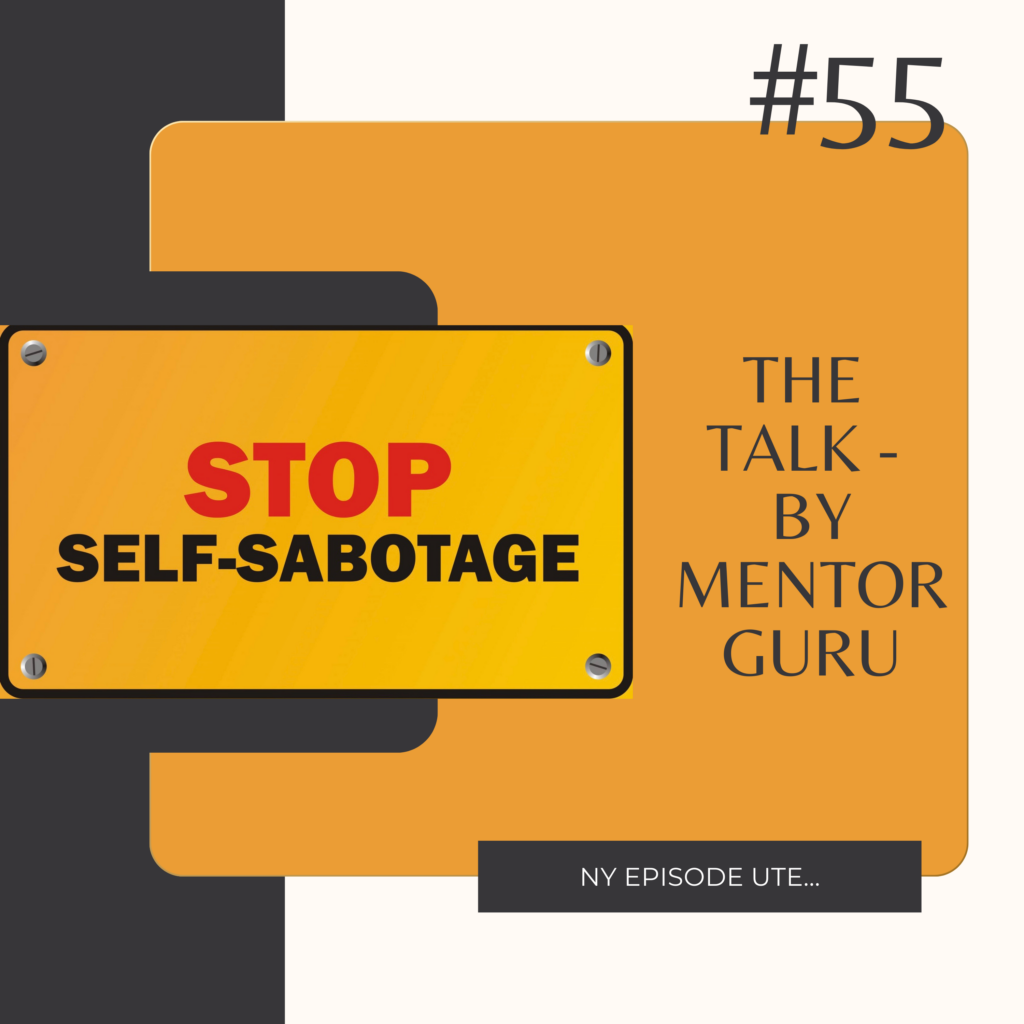Selvinnsikt som fundament for ledelse – nøkkelen til bærekraftig suksess
Hva er det viktigste en leder trenger å mestre i vår komplekse og dynamiske verden? Teknologisk innsikt, strategisk klokskap eller kanskje evnen til å motivere medarbeidere? Alt dette er viktig, men det finnes én egenskap som ofte blir oversett, til tross for at den er helt avgjørende: selvinnsikt. Selvinnsikt handler ikke bare om å forstå dine […]
Selvinnsikt som fundament for ledelse – nøkkelen til bærekraftig suksess Read More »




